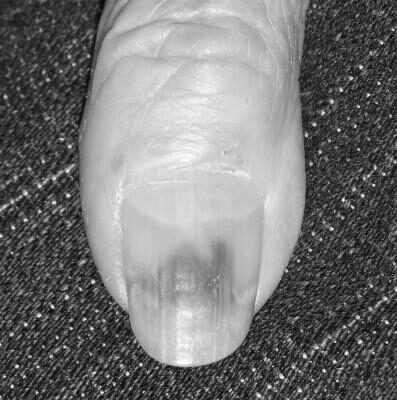What Causes a Green Nail Bed? How Can it Be Treated?
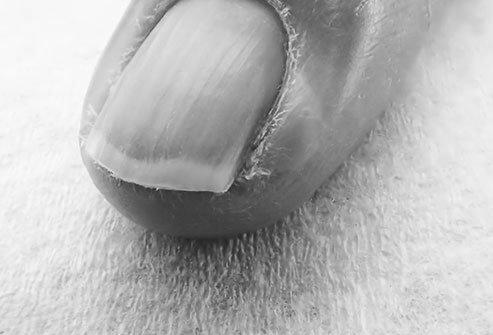
The first question that you should ask yourself is: What causes a green nail bed? The most common cause is a bacterial infection such as Pseudomonas, but other reasons exist. These include Pseudomonas , Chromonychia, and Chlamydia trachomatis. The good news is that you can usually eliminate these causes by following the guidelines below.
Pseudomonas aeruginosa
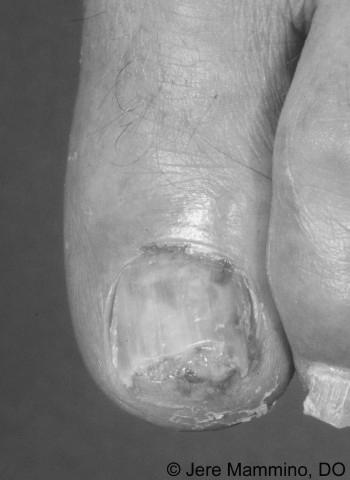
The symptoms of green nail syndrome are often caused by an abnormally raised nail called onycholysis. The separation of the nail creates an opening in the subungual space that allows dirt and other organisms to enter the pin. People who work in damp environments and gardens regularly are at risk of developing separated nails. Plumbers and janitors are also at risk.
People with green nail syndrome have a bacterial infection in their nails called Pseudomonas (PNS). The organism often colonizes the nail plate and produces pyocyanin, which discolors the nail. While this is a bacterial infection, it rarely occurs due to active disease. Usually, it affects only one digit and is monochromatic or may accompany other nail plate discoloration.
A 75-year-old man with no history of trauma to his nails presented with a subungual green discoloration of the right great toenail. His discoloration was subungual, extending to the proximal fold, and lasted for 6 months. Microscopic examination revealed the presence of Pseudomonas in 23 cases and isolated from both regular nails. Thirty-two patients with green nails had occupations that required extensive contact with water, while 11 presented with evidence of mechanical trauma to their nails. Three patients had concurrent onychomycosis.
Chromonychia
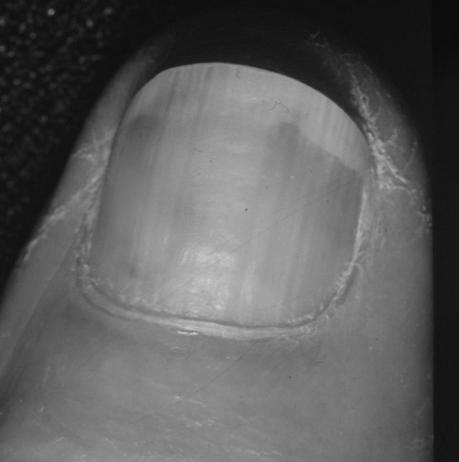
The cause of Chromonychia is unknown, but many factors could lead to this problem. The disease usually results from an underlying local or systemic disorder, such as psoriasis or alopecia areata. Other causes include nail matrix naevus, anemia, and chronic renal failure. Fortunately, there are some treatments for this condition.
The first step to treatment is to rule out the underlying cause of the green nail syndrome. Most people with Chromonychia have infections with Pseudomonas. Typically, the condition results from colonization of the organism rather than active infection. The discoloration usually involves only one or two nails. The lesion may also be monochromatic or accompany other nail plate discolorations.
The treatment for Chromonychia depends on the underlying cause of the disease. It may be bacterial or fungal in origin. A recent study found a case of Chromonychia in two 70-year-old women suffering from the condition for more than five months. Biopsied nail samples were cultured to detect organisms. The cultures grew Candida, successfully treated using an alcohol-based solution and ketoconazole cream.
Other conditions that can cause a green nail bed include lichen planus and bacterial infection. The bacterial infection can be caused by external agents or systemic illness. Nail biting, occupational trauma, and tobacco are common culprits. It is essential to seek medical attention for this condition, as a treatment for Chromonychia may not be as effective as a prescription medication.
If the discoloration is caused by a systemic disease, treatment will depend on the underlying cause. It can be a single disorder or may serve as a clinical clue. The specific shade of discoloration can help the doctor differentiate between fungal and bacterial infections. Treatment may involve:
- Cutting off the nail plate.
- Brushing the nail bed twice a day.
- Applying 2% sodium hypochlorite solution to the nail bed.
The patient may be instructed to wear cotton gloves while bathing and avoid repeated immersion. Some people may experience mild onycholysis and infection.
Diagnosis of Chromonychia involves a series of diagnostic tests. A Gram stain and culture are used to confirm the diagnosis. A pigment solubility test is a practical diagnostic test that submerges a nail in distilled water for 24 hours. Typically, the pin turns a bluish-green color the next day. Wood’s light examination may also show yellow-green fluorescence.
Treatment options vary depending on the cause. A gram-negative bacillus, Pseudomonas, has been associated with yellow-green nail plate discoloration in one patient. This bacterium can cause bacterial infections, bacteremia, and peritonitis. Therefore, the best treatment is to treat the disease before it worsens.
Pseudomonas oryzihabitans
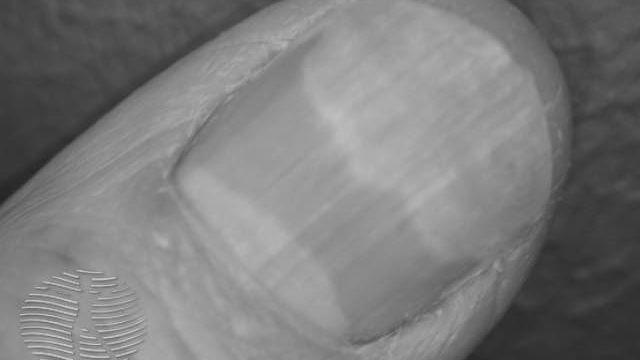
A diagnosis of pseudomonas infection of the nail bed is most likely based on the green nail color and the presence of exogenous fungi. However, clinical examination alone may not be conclusive, as other fungal conditions can cause the same situation. A culture of nail clippings is recommended to confirm the diagnosis if the infection is atypical. The most sensitive method of identifying fungal infection is nail clipping histopathology.
One patient with a green nail bed was found to have a gram-negative bacillus known as P . Because it is a bacterium, treatment with antibiotics may be necessary in some cases.
This bacterium can cause a green nail bed if the infection is Pseudomonas. The bacterium grows best in moist environments and produces green pigments, including pyocyanin, pyoverdin, and. However, the bacterium may also cause an infection in the adjacent nail.
The etiology of this condition cannot be determined from the clinical appearance alone. Pseudomonas species are the most common culprits. However, Candida species are also responsible for green nails. In some cases, a combination of bacteria and fungi causes the condition. Whether a bacterial or fungal infection is the cause, the culture of the green nail plate can help identify the culprits. The appropriate antibacterial or antifungal treatment can be selected based on the findings.
Generally, the condition is caused by a bacterium called Pseudomonas fragile. This bacterium, a type of Pseudomonas, grows at 42 degrees Celsius. When given a nitrate source, it can grow in anaerobic environments. However, this type of Pseudomonas is an MDR phenotype and spreads rapidly worldwide.
When patients present with Pseudomonas, their symptoms can be sudden and severe. The condition may be accompanied by other signs of illness. Pseudomonas infections can also be caused by severe immunocompromise diseases such as HIV. In fact, P infection can cause severe cutaneous infections.
If left untreated, Pseudomonas infection can lead to a green nail.
Symptoms of Pseudomonas infection may include joint pain, fever, chills, and fatigue. Antibiotics will help clear the condition, but most of these infections are mild and do not require treatment. However, if the disease is severe, doctors may prescribe polymyxin. If the condition is serious, the patient may have to undergo surgery.
Why Would a New Toenail Grow Under an Old One?
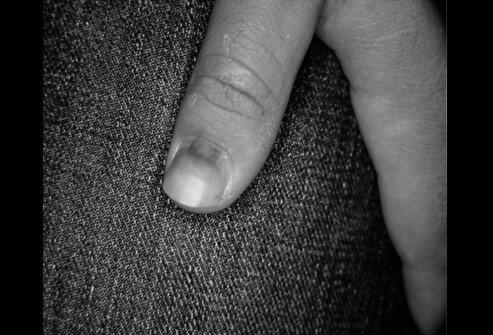
Your big toenail can grow back, but it can also be affected by trauma or infection. If this happens, the new toenail will increase under the old one, pushing it out until it falls off. Generally, a new toenail grows back between 16 and 18 months. Taking vitamins that promote nail growth is beneficial. But you may still wonder why a new toenail would grow under an old one?
Arterial plaque
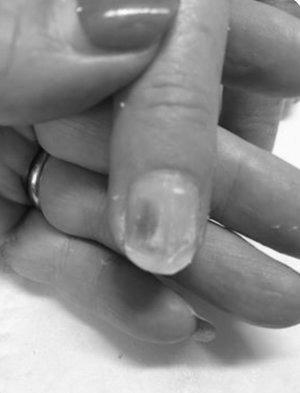
You may notice that your new toenail is growing under your old one. If this is the case, it may be a sign of peripheral artery disease, a progressive disorder resulting in poor circulation. This disease also results in poor leg hair development. Eventually, your toenail will stop growing because it will have little or no oxygen.
You might think that your toenail is separating due to psoriasis or a nail fungus. If so, you should take immediate action. The separation is typically painless. In addition, you may notice a lipstick line around the lifted plate. Infection can also cause red splotches on your toenail. Oil spots are not typical in toenail fungus.
If your toenails are growing under a healthy toenail, you may have this problem due to poor circulation. It could also be a symptom of diabetes or poor foot hygiene. If you’re experiencing these symptoms, see a podiatrist for a proper diagnosis. A podiatrist can treat you and prevent the condition from getting worse.
The condition is not contagious, but it may affect one or both toes. Treatment is available and depends on the underlying cause. For some people, a new toenail may grow under a healthy toenail due to peripheral artery disease. It may also affect the growth of a healthy toenail. In some cases, patients with PAD may develop sores on their toes that the disease has reached a fatal stage.
You should wash your feet thoroughly after showering. You should also make sure that your feet are dehydrated afterward. Always wear shoes that fit your feet. And don’t try to clip your toenails by yourself. You may even be a victim of toenail fungus. If you suspect that you have it, contact a podiatrist and get treated. In some cases, it’s best to avoid public showers unless absolutely necessary.
Surgical removal or topical treatment may be necessary for treating the condition. Patients with diabetes and vascular disease should also be checked for signs of cellulitis. If the condition persists, surgical excision may be necessary.
Toenail fungus
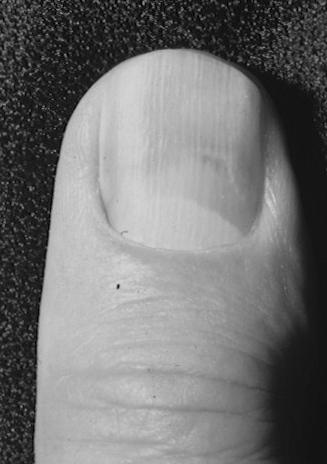
Why would a new toenail develop under an existing, healthy toenail? Usually, this problem occurs due to an infection that has spread to the surrounding tissues. A healthy nail grows in layers, so the fungus can live on top of a toenail or underneath. The fungus can penetrate the nail bed and the cells that make up the nail matrix. Once infected, it can be hard to get rid of.
The toenail grows out of a pocket, called the matrix, beneath the skin. These cells constantly grow and lengthen the nail, and the old, dead cells are forced out. The bottom part of the nail, called the lunula, is also part of the matrix. If you notice a new toenail growing under an existing pin, it probably means that the underlying nail bed is unhealthy.
Another reason why a new toenail would grow under an existing, healthy toenail is a fungus. Fungal infection occurs when the nail bed becomes inflamed or damaged. This causes the nail to become yellow, thick, and distorted. This problem is typically confined to one toenail, but you should avoid wearing tight shoes. If your feet feel uncomfortable, take a trip to a doctor and ask for antibiotics. Your healthcare provider may recommend a steroid or remove part of the toenail. Besides antibiotics, fungal infections can also occur when the immune system is compromised. If you have diabetes, it is also good to seek professional advice to ensure that your nails stay healthy and do not get infected with any other illnesses.
A new toenail would grow under a healthy toenail related to trauma. The nail can be injured or ripped from its bed by trauma. Repetitive toe-stubbing may cause the nail to detach. Some soaps and acetone nail polish remover can also contribute to this condition.
Trauma
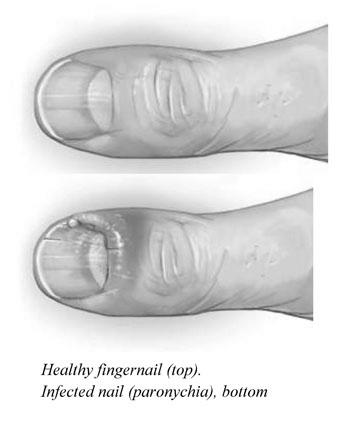
You aren’t alone if you’ve noticed a black toenail growing under a healthy toenail. Many people experience similar symptoms after trauma to their feet. Trauma to the nail bed can cause the toenail to grow thicker than it should, and this can lead to pain in the toe and increased pressure on the nail bed from wearing shoes. If you notice a thickened nail or a distinctive color, seek medical attention.
Several causes of toenail trauma include rubbing your toe against a hard object, wearing new shoes or socks, and constant exposure to the elements. Sometimes, trauma to the nail can result in bleeding under the nail, known as subungual hematoma. In extreme cases, the nail can split. It can lift off from the nail bed and cause a painful dark discoloration in severe cases.
If you are experiencing trauma to your toenail, a doctor will examine the wound and may recommend X-rays. Typically, the nail will regrow within two to four months, but if the trauma is located at the base, the new toenail could permanently grow under a healthy toenail. To help prevent further trauma, you should wear proper shoes of the correct size. Keep your nails trimmed, and don’t bite them.
Aside from the trauma itself, ingrown toenails can also be prevented. Wearing comfortable socks and shoes and trimming your toenails straight across can help prevent this from happening. You should also try to keep your feet dry and clean at all times. If a toenail becomes infected, it may need to be removed. An ingrown toenail is a sign that the toe is infected, so it’s best to consult a physician if you think you’re experiencing any of these symptoms.
If you notice that your nails have become thicker than usual, your toenail may have become infected with a fungus. The fungal infection affects the nail plate, and it appears as a white powdery discoloration on the top of the toenail. As you age, contracting toenail fungus increases, and treatment for it can involve surgery.
Repeated activity
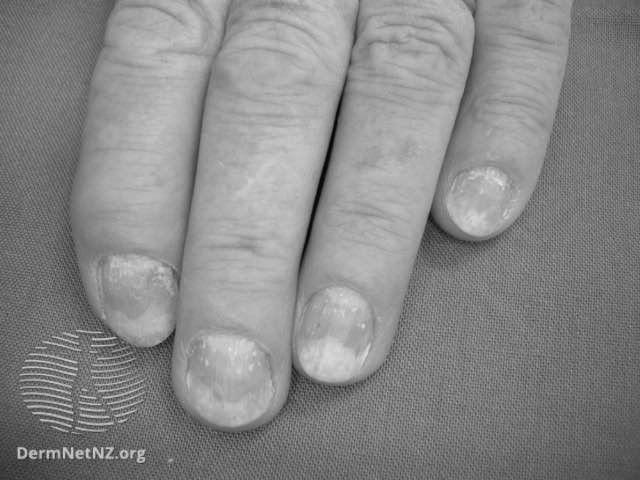
In addition, bacteria in the foot can cause an ingrown toenail.
Various activities can cause your nail to lift, including running, hiking, and soccer. These activities stress your pin and blood vessels, and your shoes’ constant kicking and tearing can cause damage. Squash and tennis players also stress their toes, and repeated thrusting against the shoe can cause damage to the toenail. Rock climbers also wear tight shoes and press into hold areas, which can cause injury to the nail.
